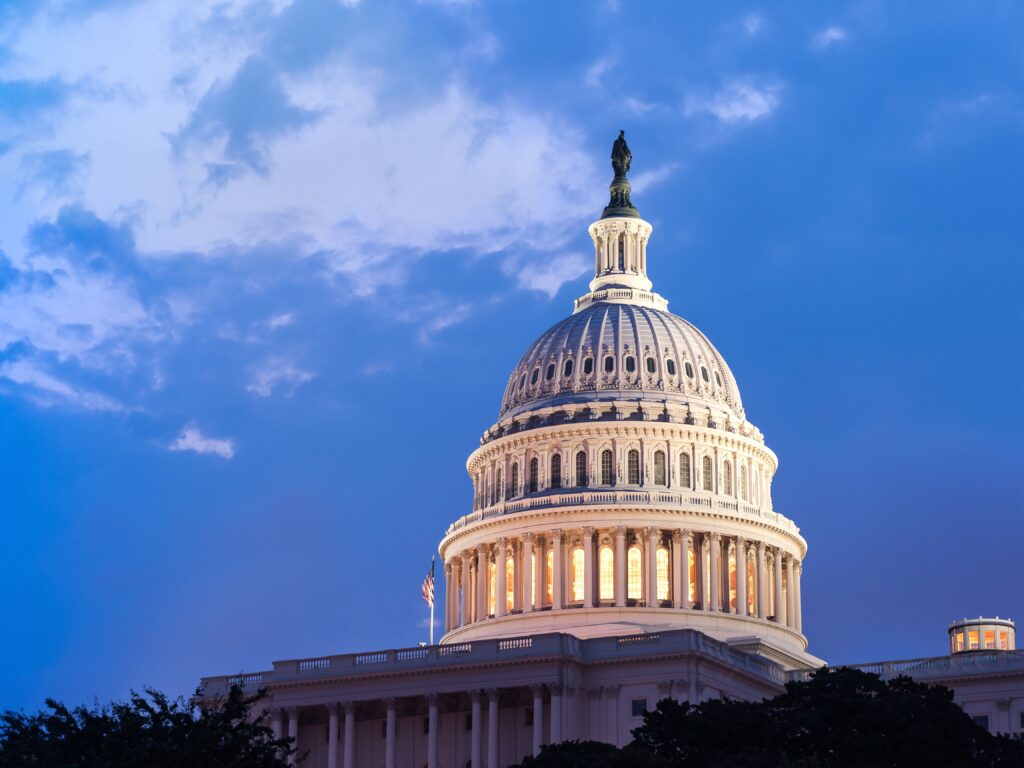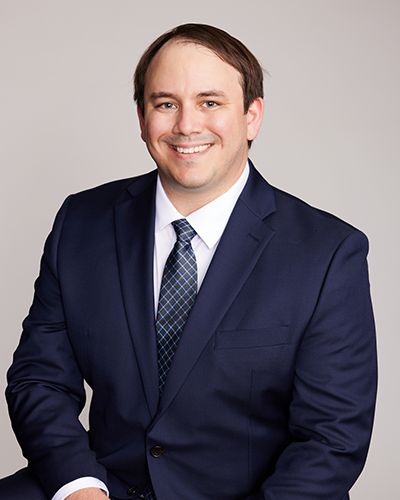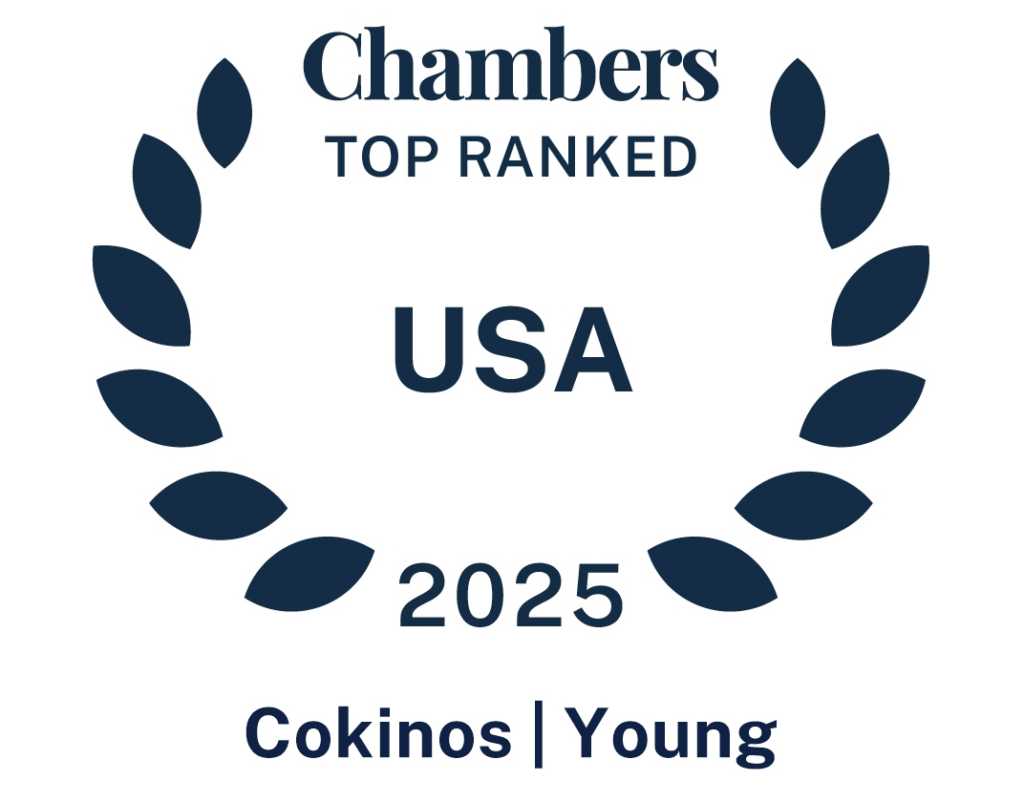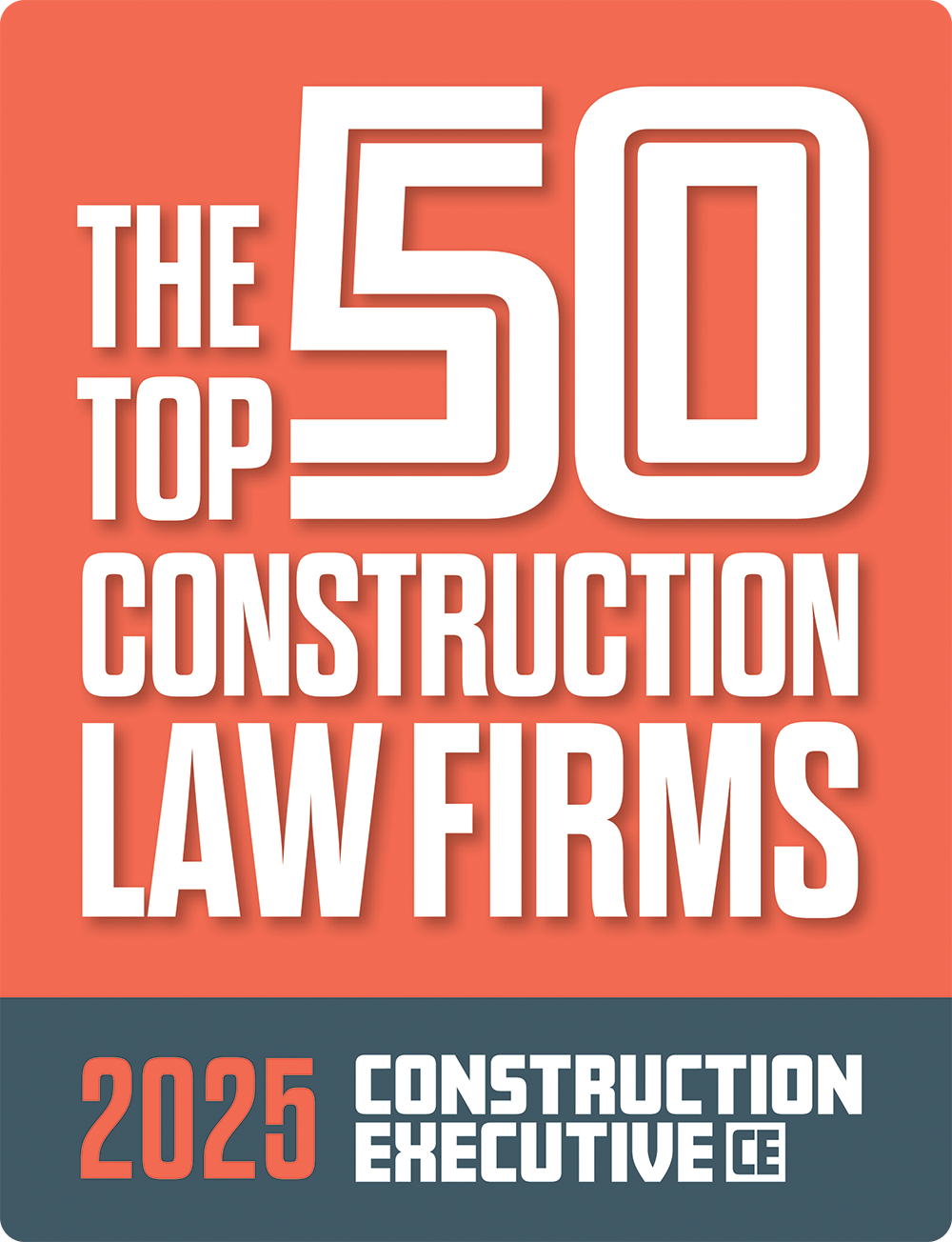San Antonio Principal, Kyle Zunker, wrote an article for the July edition of Construction News magazine. Kyle dives deep into the Texas Supreme Court’s TotalEnergies decision, which refined the law regarding delegation of arbitrability issues, raised new questions, and underscored the importance of every single word in arbitration clauses, especially in complex construction contracts.

Arbitration clauses are commonplace in contracts for Texas construction projects. These clauses hold that disputes will be subject to binding arbitration rather than in-court litigation. That may seem straightforward, but sometimes—especially in cases with multiple contracts or multiple parties—a procedural dispute arises over whether the substantive dispute is subject to arbitration. And sometimes it goes even deeper, and a dispute arises over who (the court or the arbitrator) will decide whether the substantive dispute is subject to arbitration.
It has long been Texas law that “[w]hether parties have committed their disputes to arbitration is a gateway matter for the court to decide[.]” Bonsmara Nat. Beef Co., LLC v. Hart of Tex. Cattle Feeders, LLC, 603 S.W.3d 385, 397 (Tex. 2020).
However, in 2023, the Texas Supreme Court decided TotalEnergies E&P USA, Inc. v. MP Gulf of Mexico, LLC, 667 S.W.3d 694 (Tex. 2023) and altered the landscape of this legal issue.
In TotalEnergies, two parties had entered into at least three separate but related contracts for oil-and-gas ventures. When a dispute arose, the two parties instituted three separate legal proceedings in three different forums: (i) litigation in Texas state court, (ii) arbitration with the International Institute for Conflict Prevention and Resolution, and (iii) arbitration with the American Arbitration Association (“AAA”). This resulted in a procedural dispute that worked its way up to the Texas Supreme Court.
The Court recognized the default rule that courts determine challenges to arbitration agreements, but held that “parties can agree that arbitrators, rather than courts, must resolve disputes over the validity and scope of their arbitration agreement.” Id. at 702. In other words, contracting parties can “delegate arbitrability to an arbitrator.” Id. The Court noted that “courts will only enforce an agreement to delegate arbitrability to the arbitrator if that agreement is ‘clear and unmistakable.’” Id.
Having set the table with this legal framework, the Court cited to the language of the arbitration clause at issue:
“[A]rticle 16.16.1 of the System Operating Agreement provides that, “[i]f any dispute or controversy arises between the Parties out of this Agreement, the alleged breach thereof, or any tort in connection therewith, or out of the refusal to perform the whole or any part thereof,” and if the parties are unable to resolve that dispute or controversy through negotiations or mediation, the dispute or controversy “shall be submitted to arbitration … in accordance with the rules of the AAA and the provisions in this Article 16.16.” And article 16.16.2 provides that the “procedure of the arbitration proceedings shall be in accordance with the Commercial Rules of the AAA, as may be modified by the panel of arbitrators.”
Id. at 699.
The Court held that “as a general rule, an agreement to arbitrate in accordance with the AAA or similar rules constitutes a clear and unmistakable agreement that the arbitrator must decide whether the parties’ disputes must be resolved through arbitration.” Id. at 708.
In order to see the impact of this ruling on the construction industry, we need to look at the relevant section of the AAA Construction Industry Arbitration Rules and Mediation Procedures (the “AAA Construction Rules”), which provide:
R-9. Jurisdiction
(a) The arbitrator shall have the power to rule on his or her own jurisdiction, including any objections with respect to the existence, scope, or validity of the arbitration agreement.
(b) The arbitrator shall have the power to determine the existence or validity of a contract of which an arbitration clause forms a part. Such an arbitration clause shall be treated as an agreement independent of the other terms of the contract. A decision by the arbitrator that the contract is null and void shall not, for that reason alone, render invalid the arbitration clause. . .
Under the legal reasoning of TotalEnergies, an arbitration clause that says “in accordance with the AAA Construction Rules” would incorporate Rule 9 and would appear to delegate to the arbitrator the authority and responsibility to determine all challenges to the arbitration clause. However, the situation may not be that simple.
First, Rule 9 says that the “arbitrator shall have the power to rule on . . . the existence . . . of the arbitration agreement.” That raises a difficult question. If the arbitrator’s authority comes from the agreement, how can the arbitrator rule whether the agreement exists in the first place? In TotalEnergies, the Court said: “We recognize that because arbitration is a matter of contract, courts must decide in the first instance whether a valid arbitration agreement exists.” 667 S.W.3d at 720. Thus, even in a situation of “clear and unmistakable” delegation to the arbitrator, challenges to the existence of the arbitration agreement itself (e.g., by a non-signatory to the agreement) are for the court to decide.
Second, in TotalEnergies, Justice Busby authored a thoughtful dissent, pointing out that specific language in the parties’ arbitration clause was inconsistent with the broad grant of authority in the arbitration rules. In other words, Justice Busby argued that there was no “clear and unmistakable” delegation to the arbitrator because some of the language in the clause indicated the court would determine issues regarding the scope of the arbitration clause. Specifically, Justice Busby noted that the clause used an “if . . . then . . .” format, which gave the court (not the arbitrator) the right to determine the if issue.
What does all of this mean for the construction industry? Ultimately, the Court’s holding in TotalEnergies increases the attention that must be given to every single word when drafting an arbitration agreement, especially in complex contractual arrangements. If a procedural dispute arises about the arbitrability of a certain claim, the precise language of the arbitration clause may control who determines that challenge.
About the Author
Kyle Zunker is a Principal in the San Antonio office of Cokinos | Young and a go-to lawyer in complicated and high-pressure disputes because of his ability to distill voluminous facts and complex issues into succinct and persuasive arguments. As an attorney who handles appeals, litigation, arbitration, and contract drafting, Kyle advocates with a holistic perspective and is driven by his passion to provide clients with effective and efficient solutions rather than aimless and expensive legal busywork. If you have any questions about arbitration agreements and related challenges, Kyle can be reached at (210) 293-8751 or kzunker@cokinoslaw.com.
About Cokinos | Young
Cokinos | Young has led Texas construction and real estate law for over three decades. And today, our 100+ dedicated professionals operate coast to coast and proudly handle all aspects of construction law for owner/developers, project managers, general contractors, design professionals, subcontractors, sureties, and lenders. We provide both dispute resolution and transactional services to clients through all phases of commercial, industrial, pipeline, offshore, civil, and residential construction. Our reputation was built on relentless commitment to client service and the industries we serve, and that remains our primary driver. Dedicated. Resilient. Expertise. That’s Cokinos | Young. Learn more at cokinoslaw.com.






















Recent Comments